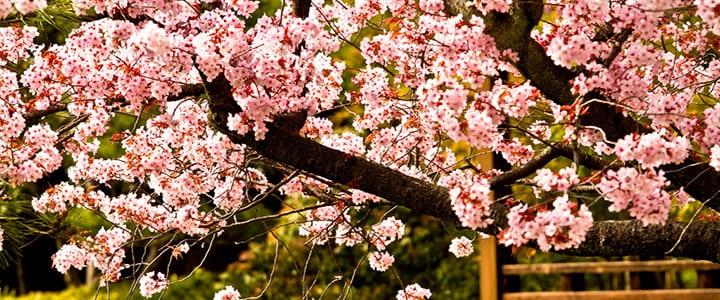If you’re learning Japanese, here’s some good news: Conjugating Japanese verbs is much easier than you think! Here, Ann Arbor, MI teacher Elaina R. shares some simple tips to help you conjugate Japanese verbs…
I love conjugating Japanese verbs. Why? In most romance languages, conjugations are based on tons of factors, including subject, number, and even gender.
For example, in Italian, “I am tired” is Io sono stanca; but if you are male, it’s Io sono stanco. If there are several speakers, it becomes: Noi siamo stanchi.
What a headache! Do you ever feel tired after conjugating verbs? I know I do!
In Japanese, on the other hand, “I am tired” (female or male) and “we are tired” are the same. Isn’t that nice?
As you learn present and future tense Japanese verb endings, keep in mind just how wonderful it is to ignore all these additional factors.
Types of Japanese Verbs
For an overview of the two main types of Japanese verbs, check out this article: 3 Simple Ways to Remember Japanese Grammar Rules.
Here’s a quick recap: There are two main types of Japanese verbs, vowel-stem verbs and consonant-stem verbs. Vowel-stem verbs only have two components: the stem and the ending.
Consonant-stem verbs have three components: the stem, the base, and the ending.
There are a few “rebel” –iru and –eru verbs that are conjugated like consonant-stem verbs.
- iru (いる) (to need)
- kaeru (かえる) (to return)
- kagiru (かぎる) (to limit)
- kiru (切る) (to cut)
*Note kiru(着る)can also mean “to wear.” This rule only applies to the kiru that means “to cut.”
- hairu (はいる) – to enter
- hashiru (はしる) – to run
- shaberu (しゃべる) – to talk
- shiru (しる) – to know
There is also a third category comprised solely of the verbs suru (to do – する) and kuru (to come – くる). These two verbs have irregular stems: suru’s stem is shi– (し), while kuru’s is ki– (き).
Present and Future Tense in Japanese
Present tense in Japanese, like present tense in English, is used to describe actions that are ongoing and habitual (“I go to school,” or 学校え行く in informal present tense).
Unlike English, however, Japanese present tense doubles as future tense (“I’ll go to school” is also 学校え行く).
Here’s how to form this tense in both informal and formal Japanese.
Present Informal Japanese Verb Endings
Informal Japanese verb endings are easy! The infinitive, also called the dictionary form, is the same as the present informal verb.
For example, neru (ねる) means “to sleep,” “I sleep,” and “I will sleep.”
Present Formal Japanese Verb Endings
For present formal Japanese verb endings, you need to remember the three kinds of verbs. Present formal verbs all have –masu endings.
Practice Conjugating Japanese Verbs
Japanese verbs, especially informal verbs, are incredibly easy to learn. In what other language are the infinitive, present, and future tenses all the same?
By taking the time to memorize infinitive verb forms, learning whether they are vowel- or consonant-stem verbs, and adding the correct formal ending, you will be able to say many things in your new language!
Get started with Japanese lessons today. Find a Japanese teacher here!
 Post Author: Elaina R.
Post Author: Elaina R.Elaina R. teaches singing in Ann Arbor, MI. She is acquainted with many languages and speaks English, Japanese, Italian, and German. She earned a Bachelor of Music from the University of Southern California, and she is currently working on her Master of Music from the University of Michigan. Learn more about Elaina here!
Photo by Elvin
Maile Proctor




